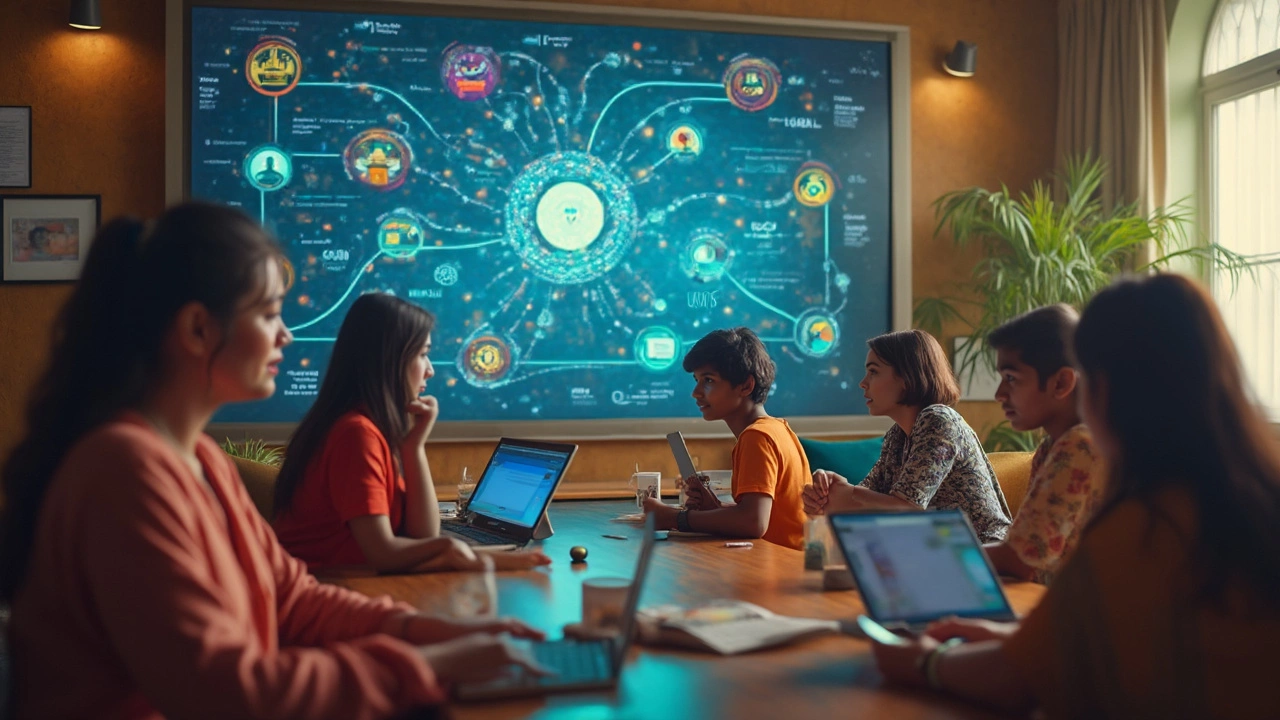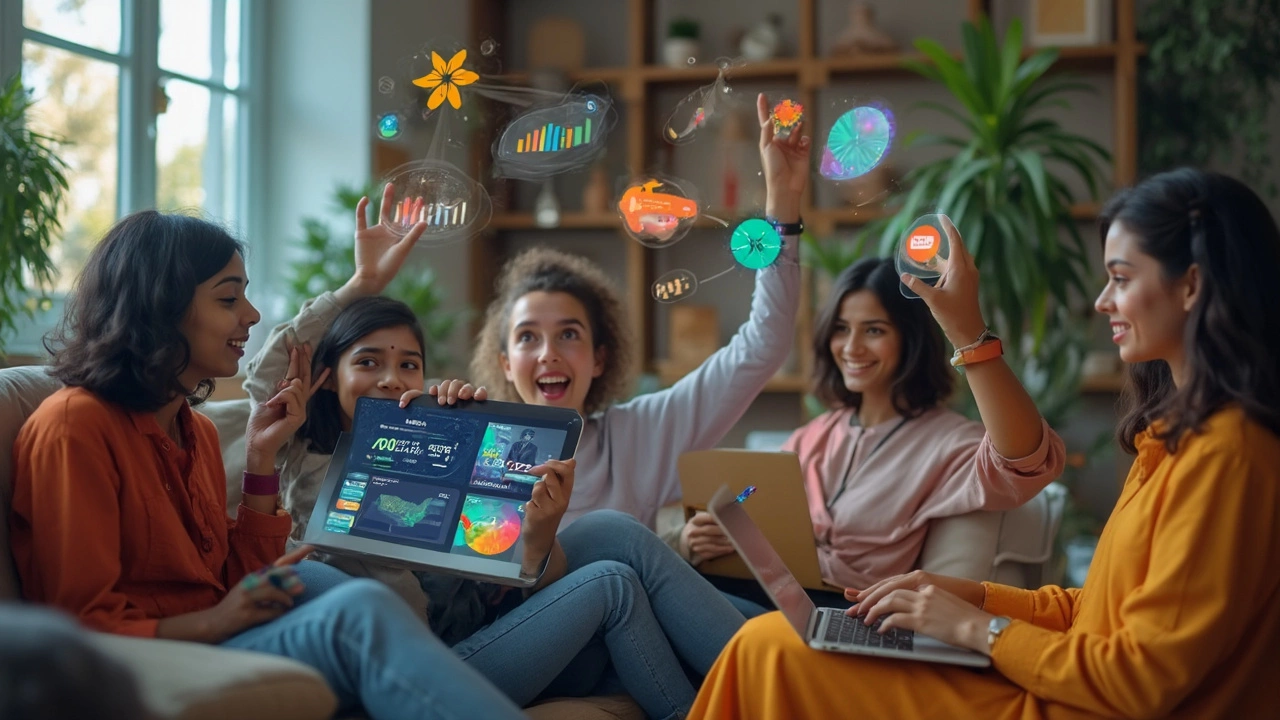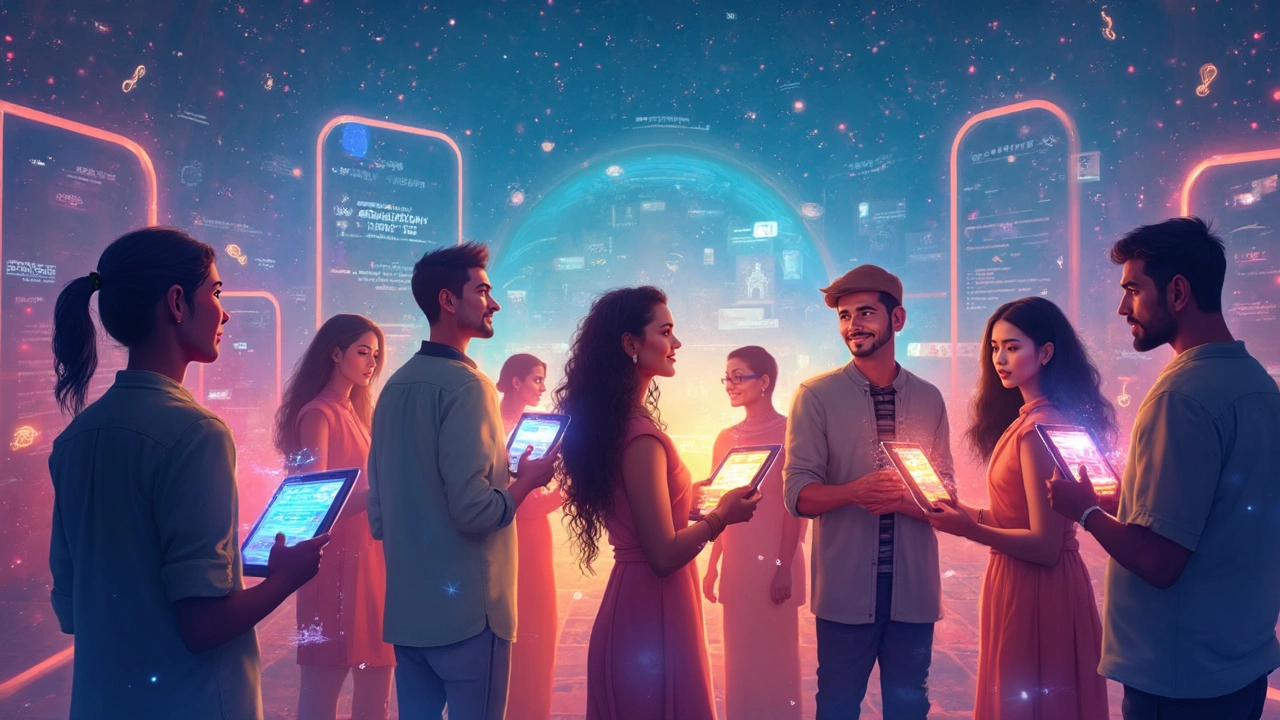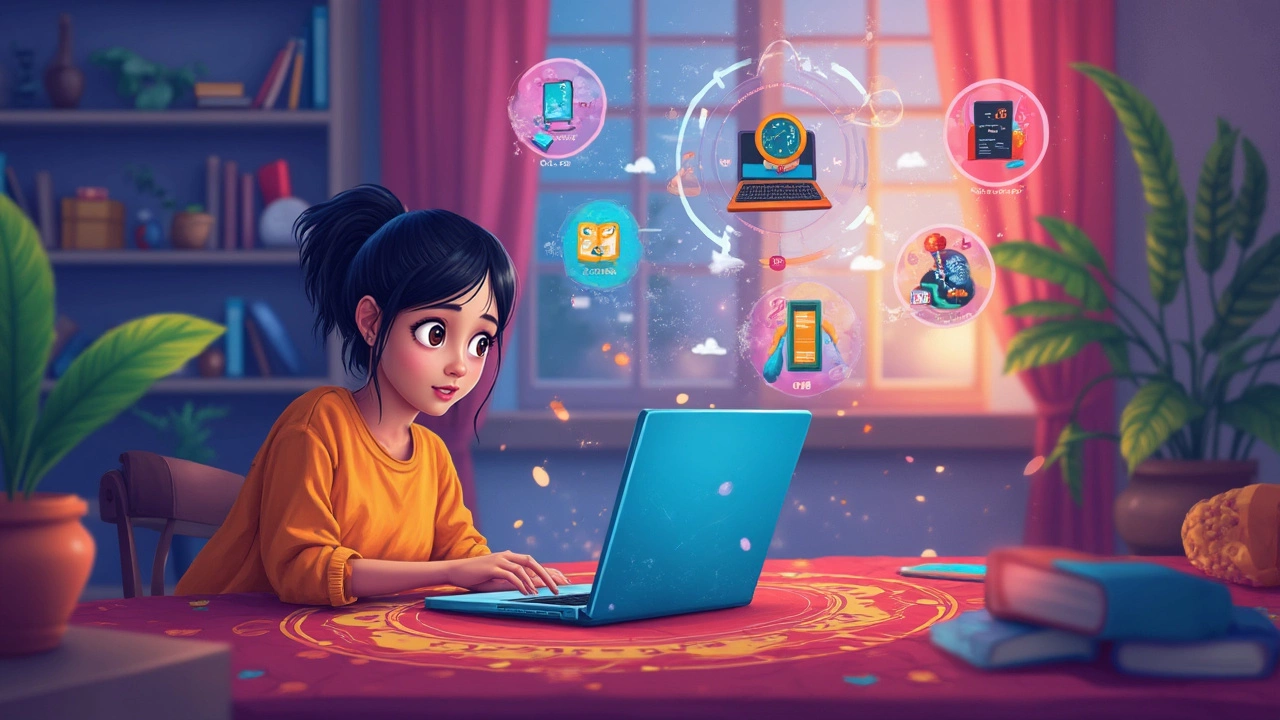eLearning: What It Is, How It Works, and What You Can Learn From It
When you think of eLearning, the use of digital tools to deliver education outside a traditional classroom. Also known as online learning, it’s not just watching videos—it’s a structured system designed to help people learn at their own pace, anywhere, anytime. In India, where access to quality education varies by region, eLearning is closing gaps by bringing expert lessons to villages, small towns, and busy professionals who can’t sit in a lecture hall.
eLearning isn’t a single tool. It’s made up of eLearning platforms, software systems like Moodle, Coursera, or Google Workspace tools that host and manage courses, and follows a clear process: eLearning stages, Analysis, Design, Development, Implementation, and Evaluation—the five steps that turn raw ideas into effective courses. These stages aren’t theory—they’re used daily by teachers, trainers, and startups building courses for millions. You don’t need to be a tech expert to use them. Many start with free tools like Google Forms or Canva and build from there.
People often confuse eLearning with virtual classrooms. But they’re different. Virtual learning means live Zoom sessions with real-time interaction. eLearning is more flexible—it includes pre-recorded videos, quizzes, downloadable PDFs, and discussion forums you can access at 2 a.m. or during lunch. That’s why it works so well in India, where students juggle school, part-time jobs, and family. You don’t need to be online at the same time as your teacher. You learn when you can.
And it’s not just for students. Teachers use eLearning to flip classrooms. Professionals use it to earn certifications in weeks, not years. Parents use it to help kids with CBSE syllabus topics. Even government agencies are rolling out eLearning for rural health workers and job seekers. The real power? It scales. One well-made course can reach 100 people or 100,000—with the same effort.
What you’ll find below isn’t just a list of articles. It’s a practical toolkit. You’ll see how real eLearning examples work in India, how to build your own course from scratch, which platforms actually deliver results, and why some online degrees get ignored while others open doors. You’ll learn the four stages that make or break a course, and how to pick the right learning app without wasting time. No fluff. Just what works.











